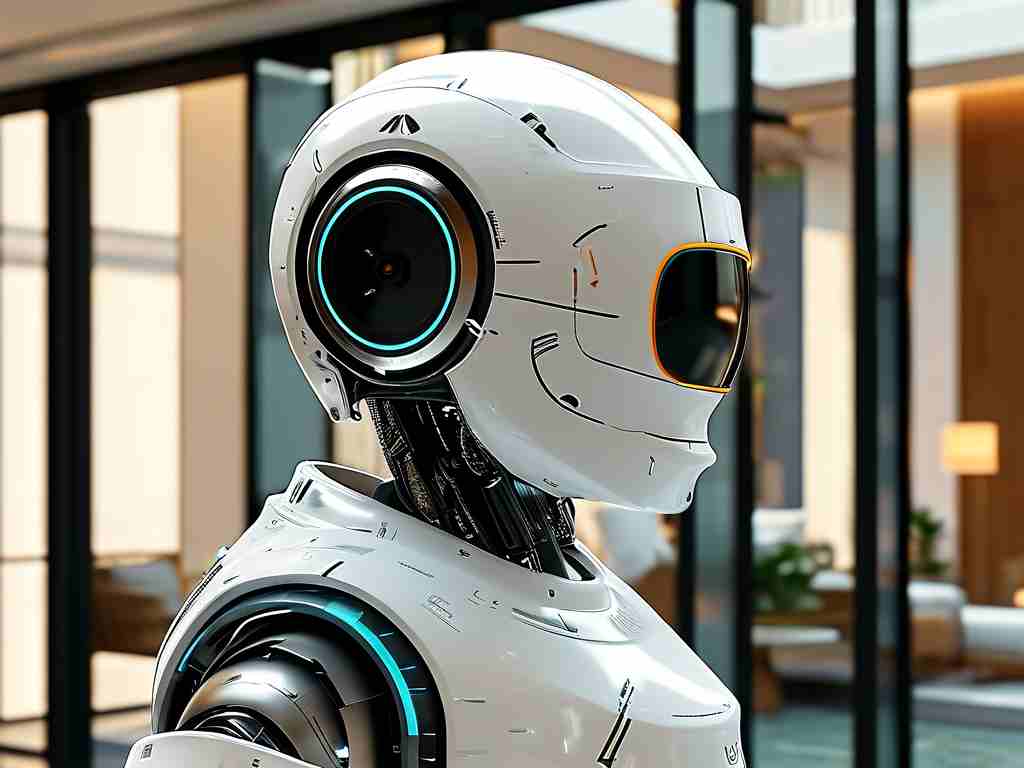As global populations age, the demand for innovative solutions to support elderly care has surged. Among these, elderly care robotics stands out as a transformative force, blending advanced technologies with compassionate design. This article explores the core technical features driving these robots and their real-world implications for senior living.

1. Adaptive Environmental Interaction
Modern elderly care robots utilize multi-sensor fusion systems to navigate dynamic environments. Equipped with LiDAR, depth cameras, and tactile feedback mechanisms, these machines autonomously avoid obstacles while adapting to home layouts. For instance, robots like the HOSPI® series by Panasonic employ real-time spatial mapping to assist with mobility in cluttered spaces. Unlike static medical devices, their collision prediction algorithms enable smooth interaction with moving objects – a critical feature when assisting seniors with walkers or wheelchairs.
2. Emotion-Aware Communication Interfaces
Breaking away from rigid command-based systems, next-gen models integrate affective computing. Through voice tone analysis and facial recognition, robots like PARO Therapeutic Robot detect emotional states, responding with tailored vocal patterns or calming light sequences. Mitsubishi’s Wakamaru prototype even uses machine learning to recognize recurring behavioral patterns, offering proactive companionship during periods of loneliness.
3. Predictive Health Monitoring Capabilities
Beyond basic vital sign tracking, advanced models now feature predictive diagnostics. The ROBEAR robot from Japan’s RIKEN Institute, for example, combines pressure-sensitive grips with AI-driven gait analysis to identify early signs of Parkinson’s or stroke risks. By cross-referencing movement data with medical databases, these systems alert caregivers about subtle physiological changes often missed in routine checkups.
4. Customizable Care Protocols
Modular software architecture allows care robots to adapt to individual needs. The Mylo Care Assistant platform demonstrates this through customizable modules – from medication reminders with biometric verification to guided physical therapy sessions. Cloud integration enables remote updates, ensuring protocols evolve with users’ changing health requirements without hardware replacements.
5. Energy-Efficient Operational Design
To address 24/7 operational demands, engineers have developed hybrid power systems. Robots like Dinsow employ solar-assisted charging and ultra-low-power processors, achieving 72+ hours of continuous service. This sustainability focus extends to component design, with companies like Toyota using recyclable polymers for replaceable parts, reducing long-term maintenance costs.
Ethical and Practical Considerations
While these technologies show promise, challenges persist. Privacy concerns around continuous health data collection necessitate robust encryption protocols. Additionally, cultural acceptance varies – a 2023 Kyoto University study revealed 68% of Japanese seniors welcomed robotic assistance, compared to 42% in European demographics, highlighting the need for culturally sensitive design approaches.
Industry leaders are addressing these gaps through collaborative initiatives. The Global Eldercare Robotics Consortium (GERC) recently standardized safety certifications, while startups like SilverTech AI focus on regional customization, developing language packs and culturally relevant interaction patterns.
The Road Ahead
Emerging technologies promise further breakthroughs. Experimental models now testing quantum computing for real-time drug interaction analysis and 6G-enabled holographic consultations suggest a future where care robots become holistic health guardians. As battery tech advances enable smaller form factors, we may see implantable micro-robots for internal health monitoring within the next decade.
In , elderly care robotics represents not just technical innovation, but a fundamental reimagining of aging with dignity. By combining precision engineering with human-centric design, these systems are poised to alleviate global caregiving shortages while empowering seniors to maintain independence. The true measure of success, however, lies in balancing technological capabilities with the irreplaceable value of human emotional connection.

